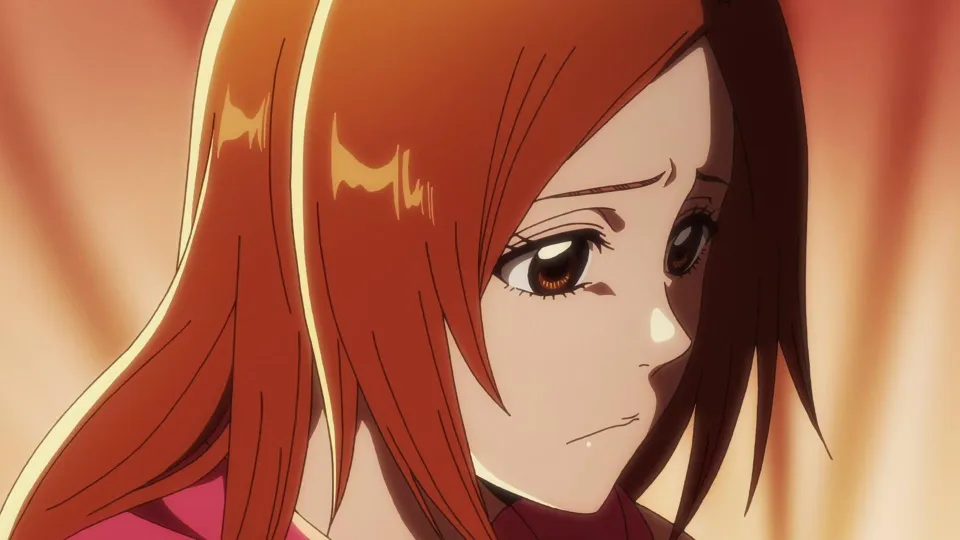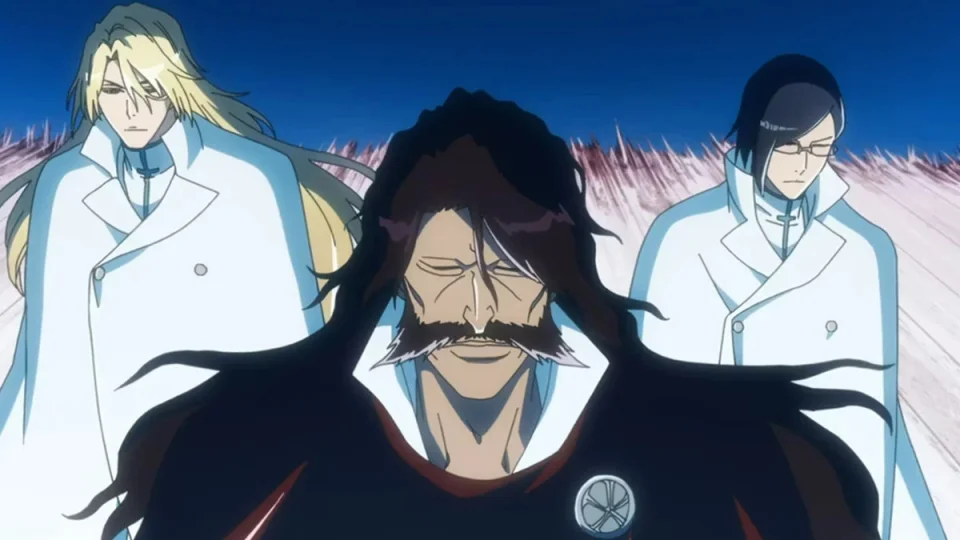Was BLEACH's manga canceled?

In 2001, Tite Kubo marked a milestone in shonen history with the release of his masterpiece, a supernatural action series simply titled "Bleach." Within a few years, "Bleach" joined Masashi Kishimoto's "Naruto" and Eiichiro Oda's "One Piece" as part of shonen's legendary "Big Three," but over time, these three titans of manga faced different fates. While "Naruto" had a satisfactory ending and "One Piece" is still ongoing, "Bleach" ended abruptly, leaving many fans dissatisfied.

In 2016, the final arc of the "Bleach" manga came to a seemingly precipitous end, depriving fans of various developments and events they were hoping to see. Over time, many disappointed fans have come to terms with the reality behind the early ending of "Bleach," reflecting a current trend in the manga industry. Fortunately for the franchise and its many fans, the anime adaptation has kept "Bleach" relevant and popular today, no matter what transpired in the 2010s.
By today's standards, ending a manga series after 74 volumes is not considered a "premature" ending. Even the epic "Shingeki no Kyojin" was less than half that length, and the ultra-popular "Demon Slayer: Kimetsu no Yaiba" told a complete story in just 23 volumes. However, "Bleach" was written in an era where long series were the norm, and Tite Kubo intended to continue his series longer than he actually could. For him, the most important thing was to tell the full story he had planned, no matter how many volumes it took.
Unfortunately, it was not possible. "Bleach" ended early due to several factors that worked together. One of the main ones was Tite Kubo's health, which suffered more and more as the serialization of "Bleach" continued. Although Kubo knew from the beginning that drawing weekly manga would be a demanding job, the reality of being a published manga artist caught up with him. By all accounts, Kubo began experiencing more frequent and intense colds and other ailments, to the point where he needed a week to recover in bed or even end up in the hospital. Those increasingly serious health issues eventually convinced Kubo to end his series while he still could.
The other big reason was commercial: the popularity of "Bleach" was gradually waning. Although he is still widely praised as a valuable part of the "Big Three," relatively speaking, he was losing ground. The team at Weekly Shonen Jump finally decided that "Bleach" needed to end and cut their losses. That decision, combined with Kubo's health issues, led to the unexpected and early end of "Bleach," which meant not only concluding the series ahead of schedule, but also shortening the final and most epic arc in history, the "Thousand Year Bloody War."
When the "Bleach" manga came to an end prematurely, depriving the "Thousand-Year Blood War" arc of its true potential, fans must have been upset and confused. In hindsight, many shonen fans are sympathetic to Tite Kubo's experience, and time has been kind to him. Since then, everyone involved in creating, publishing, and consuming Japanese manga has become more aware of how stressful it is to be a manga artist, and the paradigm has shifted. Now, manga artists are treated more leniently, with the awareness that, without the artist's health and happiness, there can be no manga, and everyone loses.

Since the "Thousand-Year Blood War" was rushed into the manga, the anime adaptation seeks to remedy as many exclusions as possible. Numerous fights have been extended, such as Yhwach vs. Yamamoto and Unohana vs. Kenpachi, and some all-new battles have been included. Four of the five members of the Zero Squad are defeated off-screen in the manga, but the anime shows all of their individual fights.
Fans can also see Shinji's Bankai, the highly dangerous Sakashima Yokoshima Happoufusagari, who can seemingly turn allies into enemies and vice versa. However, one of the biggest changes in the "Thousand-Year Blood War" arc is the addition of the original Gotei 13. The only information available in the manga was that two of its members were Yamamoto Genryusai and Unohana Retsu, but the anime shows all of them, complete with detailed character names and designs created by Tite Kubo himself.
Fans expect this trend to continue in the coming seasons, as there are still many unresolved questions. Most importantly, the final battle between Yhwach and Ichigo needs to last longer than a single chapter.
©SHUEISHA

